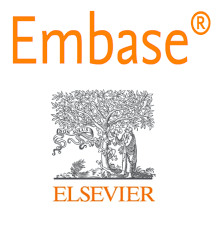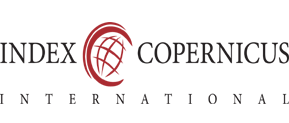A Study on the Limits and Advantages of Abdominal Ultrasonography in Acute Appendicitis Among Adults (18–60 Years) and Associated Risk Factors in tertiary care centre of west Bengal: A prospective observational study
Keywords:
Appendicitis, Abdominal.Abstract
Background: Acute appendicitis is one of the most common causes of abdominal pain requiring surgical intervention. Prompt diagnosis is crucial. Abdominal ultrasonography (USG) is often the first-line imaging modality due to its safety and accessibility. Objective: To assess the diagnostic utility, limitations, and benefits of abdominal ultrasonography in patients aged 18–60 with suspected acute appendicitis, and to analyze the associated demographic and clinical risk factors. Methods: A prospective observational study was conducted on 62 patients presenting with suspected acute appendicitis. USG findings were compared with intraoperative and histopathological results. Demographic and risk factors were analyzed. Results: USG showed high specificity (88.4%) but moderate sensitivity (69.7%) for diagnosing appendicitis. Delays and limitations were noted in obese patients and those with atypical presentations. Key risk factors included male gender, low fiber intake, and positive family history. Conclusion: Ultrasonography remains a valuable first-line tool, particularly in early or classic presentations, but its limitations highlight the need for adjunct imaging in equivocal cases. Risk stratification can improve diagnostic accuracy.
.png)









